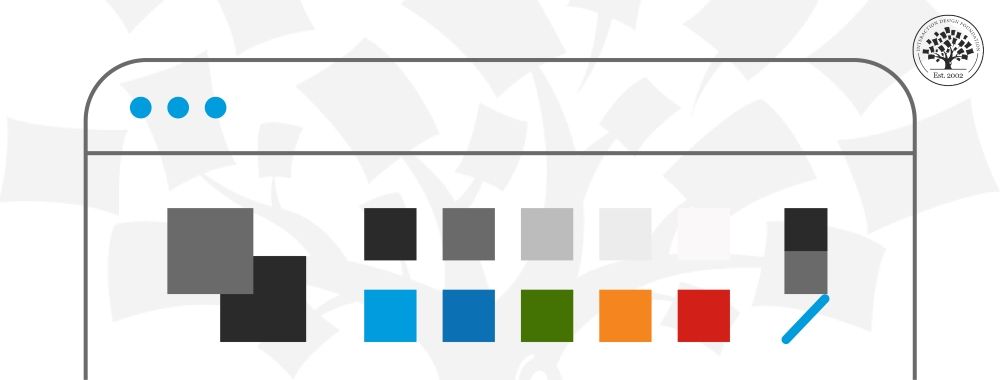Imagine you wake up this morning and have a look at your company’s Facebook site; you find half a dozen users complaining about a very specific issue with your product. Should you jump into action and begin redeveloping the user experience? If not, what might you want to do instead? Let’s take a look:
Before You Start
Firstly, don’t let this get you down. Half-a-dozen users may dominate a Facebook page but as a representative sample of your users; it’s nothing. Seriously, if only 6 people are unhappy with your product – your company is doing better than Apple and that’s a company famed for its user experience design.

Author/Copyright holder: Gennie Stafford. Copyright terms and licence: CC BY-NC-ND 2.0
However, it’s important not to ignore the feedback either. This may be a problem and those 6 folks may just be the tip of the iceberg sticking out of the water in your product’s path.
Time For a Little UX Research
The joy of user experience work is that it’s a scientific method. If you want to know if those 6 people are representative of the wider user base – you can ask that user base. You want to think carefully about the questions you ask before you conduct the research though. A loaded question like; “We’ve noticed that some of our users are having problems with XYZ; is that true for you too?” is very much likely to call attention to the issue in a negative light.

Author/Copyright holder: UCL Institute of Education. Copyright terms and licence: CC BY-NC 2.0
Users faced with that question are likely to try out the process and then start whining about it. This is even true if they’ve never, ever used that feature or function in all the time they’ve been interacting with your product.
You should be looking to uncover the issue from a more general (but with more specific objectives in mind). Were they aware of the feature in question? (Perhaps your users aren’t complaining because they don’t know about the area of the product that these 6 folks are moaning about. That might mean there’s a need for better education to enhance the UX for people who might benefit from it).
Do they use the feature? (This gives you an indication of whether the feature is popular enough to care about it; if less than 0.001% of your users use something – it might be easiest just to remove the function completely rather than make it better).

Author/Copyright holder: Tom. Copyright terms and licence: CC BY-NC 2.0
Then if they do use the feature it’s time to ask people what their experience of it is like. You may find that most users are incredibly happy with it; those 6 folks on Facebook are simply too hard to please. You may find that the feature sucks but it’s not used often enough to impair the user’s experience. You may find that those lovely people on Facebook have just discovered the one area that if you were to improve it – could dramatically increase the number of users you had and the number of happy users.
Summary
It’s easy to be too reactive as a UX professional; with every reported user issue becoming blown out of proportion and receiving way too much attention at the expense of more important business and user needs. Always do some research before you take any action based on a complaint.+
Header Image: Author/Copyright holder: Rishi Bandopadhay. Copyright terms and licence: CC BY-NC-ND 2.0












